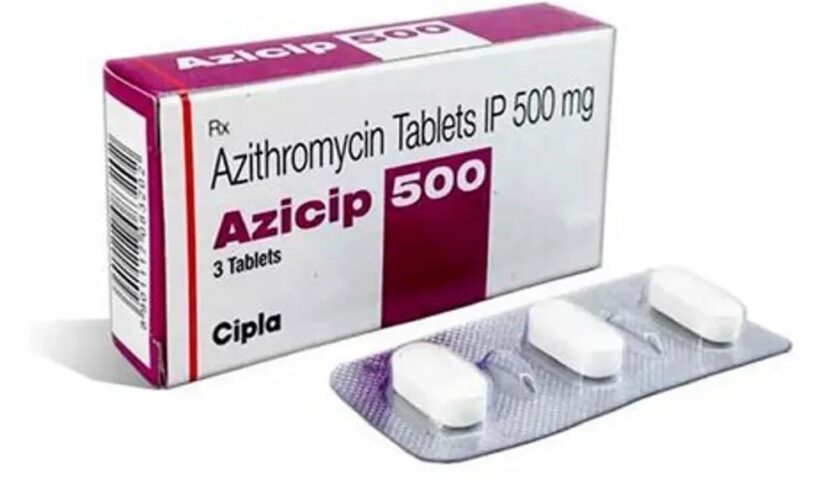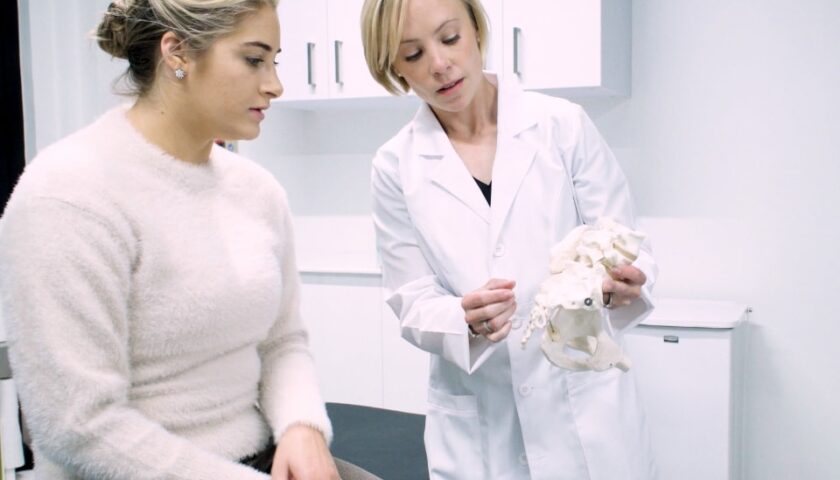Sexually transmitted diseases (STDs) are infections contracted during sexual intercourse with an infected person. Sexual activities like touching and skin contact with an infected person may also cause an STD.
STDs are preventable, but millions of people contract the infections every year. If people take their sexual health seriously and make the right decisions, they could avoid STDs. However, the surest way to avoid STDs is abstaining from any form of sexual activity. For those who are sexually active, it’s essential to practice safe sex by using condoms and getting regular check-ups at a gum clinic in London or a similar healthcare facility to monitor and manage their sexual health. Regular visits to a gum clinic can help detect and treat STDs early, reducing the risk of complications and the spread of infections.
If you are sexually active, there are certain steps you need to take before having sex to reduce your risk of getting STDs.
Protection before sex
For adequate protection from STDs during sex, you need to take some steps before any sexual activity. Taking the following steps before having sex will help reduce the risk of contracting an STD.
- Have only one sex partner
- Ask your partner to get tested and also test yourself for STDs
- Have an honest conversation about your sexual history with your partner
- Get the necessary vaccine for hepatitis B and human papillomavirus (HPV)
- Do not have sex when you have had excess drugs or alcohol
Communication is key to having a happy relationship and talking about your sexual health with your partner will help protect both of you. Most people with STIs do not know they have them, and it is important to visit a private gum clinic in London to get tested whenever you have a new sex partner.
If you test positive to any STD, ensure your partner knows about it to enable both of you to understand your risk factors and also ask your partner if he/she has or had an STD.
Safe sex practices
Safe sex practices are essential for maintaining sexual health and preventing the spread of sexually transmitted infections (STIs). By practicing safe sex, individuals can reduce their risk of contracting or transmitting STIs, as well as prevent unintended pregnancies.
One of the key components of safe sex is consistent and correct use of barrier methods such as condoms. Condoms act as a physical barrier, preventing direct contact between sexual partners’ bodily fluids and reducing the risk of STI transmission. It is important to use condoms every time you engage in sexual activity, including vaginal, anal, and oral sex.
Another crucial aspect of safe sex is regular testing for STIs. Getting tested allows individuals to know their status and seek appropriate treatment if necessary. It is recommended to get tested regularly if you are sexually active or have multiple partners.
In addition to barrier methods and testing, communication with sexual partners is vital for practicing safe sex. Openly discussing sexual history, boundaries, and preferences can help ensure that both partners are on the same page and can make informed decisions about their sexual activities.
Lastly, it’s worth noting that engaging in a monogamous relationship with a partner who has been tested for STIs can also be an effective way to practice safe sex. However, it’s important to remember that unless both partners have been tested negative for all STIs and remain faithful throughout the relationship, there is still a risk of infection.
By following these safe sex practices consistently, individuals can protect themselves and their partners from potential health risks associated with unprotected sexual activities.
Correct use of condoms
Before you use any barrier like a condom to have sex, ensure you read the instructions for use on the pack and follow them correctly. These safety precautions for using condoms will also help out.
- Check the pack for its expiry date
- Ensure that the condom is still sealed by checking for an air bubble
- Wear the condom correctly
- Always leave a little space at the tip
- Do not unroll the condom before placing it on the penis
- Use safe lubricants on the condom during sex
- Hold the condom when you want to withdraw after sex, prevent it from slipping off
- Do not reuse a condom
- If you take out a condom, do not try putting it on again
- Always dispose of your used condom correctly
Potential risks
Dental dams, condoms, and other forms of protective barriers prevent STIs by stopping the exchange of fluids from the body. They also minimise direct skin contact, which reduces the transmission of STDs. However, they do not offer 100% protection against STDs.
You can contract HPV, herpes, and syphilis through direct skin contact with an infected person. If your sex partner has herpes, he/she will need to talk to a doctor about getting suppressive treatment. Suppressive therapy helps prevent the outbreak of herpes and its transmission. No treatment is available to cure herpes, and once you get infected, you would have to live with it all your life. Even without the herpes outbreak, an infected person can transmit the infection.
Conclusion
STDs are prevalent in the UK, but there are several ways to reduce your risk of contracting them. Practising safe sex may protect you from STDs. If you do not know the right preventive measures, speak to your doctor.
When discussing with your doctor, ensure that you are honest about your sexual history, so the doctor can help you with the right suggestions to reduce your risk of getting STDs.
Remember that anyone sexually active is at risk of contracting an STD, so ensure that you practice safe sex. If you notice any symptoms and think you have contracted an STD, test for the STI. Seeking immediate medical attention is crucial, and you can do so by visiting a walk-in gum clinic in London or contacting a healthcare provider specializing in sexual health. Early diagnosis and treatment are essential for managing and preventing the spread of STDs in the community.





